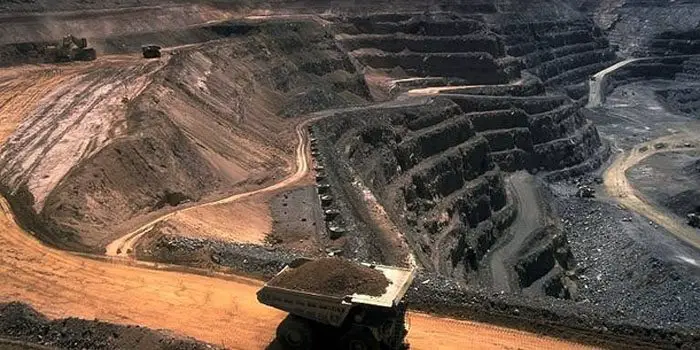The Mui Basin in Kitui is a 500-square-kilometer area, where coal deposits were discovered in Kenya. Its location is 270 kilometers east of Nairobi and the government plans to exploit the coal reserve to generate cheap electricity.
The discovery of the Mui Basin was announced in 2010. Since then, the coal mining efforts have received the backing of the Ministry of Mining and Petroleum along with other private investors.
The government awarded concessions to Fenxi Mining to mine coal at blocks C and D of the Mui Basin in 2011. Afterward, the government awarded blocks A and B to a consortium of two companies in 2015. The consortium comprises HCIG Energy Investment Company and Liketh Investments Kenya Limited.
The consortium group also won the tender to construct a 960 MW coal plant in the eastern part of the Mui Basin. Unfortunately, the government’s plans for the coal site have been on hold for a long while, due to widespread public opposition. Several locals petitioned the parliament to put an end to the coal mining and plant project in the region.
Reported in 2014
Mui Basin, KenyaThree firms prequalified for coal exploitation in Kitui, Kenya
The Ministry of Energy in Kenya has announced that it has prequalified three firms to advance to the Request for Proposals stage (RFP) for the exploitation of the Mui Coal Mines in Kitui. The stage is the final in the procurement process and RPF will be awarded to the firms on December 2, 2014.
The three firms that will progress to the next stage include the consortium of TransCentury Investments; Liketh Investments Kenya Limited and HCIG Energy Investments Company Limited; and the consortium of China Northeast Electric Power Engineering Corporation (NEPC); and China Coal Technology and Engineering Group (CCTEG).
The Mui basin has the capacity to produce 5,000MW of electricity and its coal deposit is estimated at one billion tonnes valued at US$ 75 bn.
The Mui Basin (with an area of 500km2) is made up of the Zombe-Kabati block (121.5 km2) and the Mutitu-Itiko block (117.5 km2) – Block A and B respectively, but there is also block C (Kateiko–Yoonye – 131.5 km2) and block D (Karunga–Isekele – 120 km2) at the basin.
Apart from cheap electricity generation from coal to achieve vision 2030, Kenya has also invested in wind power projects and dams. Coal power generation will also help cement firms hoping to set up manufacturing units in the region, including Dangote.
Jul 2018
Kenya to construct 960MW coal-fired power plant in Kitui
Kenya plans to set up a 960MW coal-fired power plant in Kitui and upon implementation, it will be Kenya’s second coal project after the Lamu coal plant. This is according to the treasury’s report for public-private partnership (PPP) projects which has flagged the power plant as among the proposed State mega undertakings.
The power plant will be situated on the eastern side of Mui Basin in Kitui County via an IPP (independent power producer) framework. The Energy Ministry, the contracting authority, reckons that the coal project will help diversify Kenya’s power mix and drive growth.
Electricity price
Kenya has in recent years discovered coal deposits within the Mui Basin in Kitui, having struck more than 400 million tones with further exploration ongoing with mining is yet to begin. Electricity will be priced in the same range as geothermal power at US $7.52 per unit, almost a third of what diesel-fired plants charge on average.
Coal is mainly burnt to produce electricity as a global practice but it can also be processed as alternative petroleum as is the case in South Africa. The mining contract for a section of the Mui coal block has been awarded to Chinese firm Fenxi Mining but work is yet to take off due to the ongoing feasibility studies. The location of the proposed plant near the mining fields is expected to cut transport costs.
The earlier conceived Lamu coal plant at the Coast is slightly larger at 1,050 MW. However, the plants will also rely on imported coal from South Africa and aside from using coal to generate electricity, the country uses the mineral to produce petrol and diesel.

